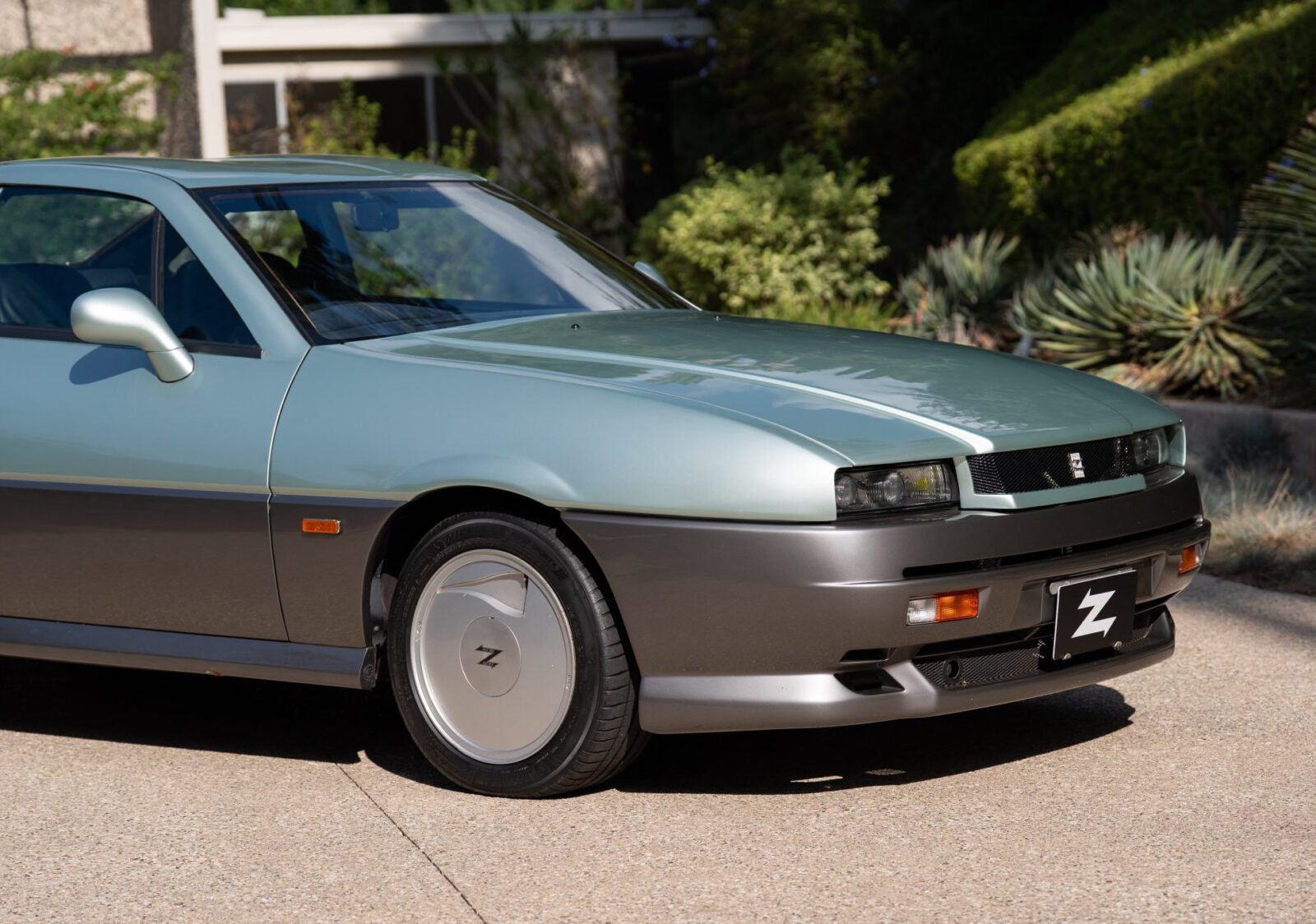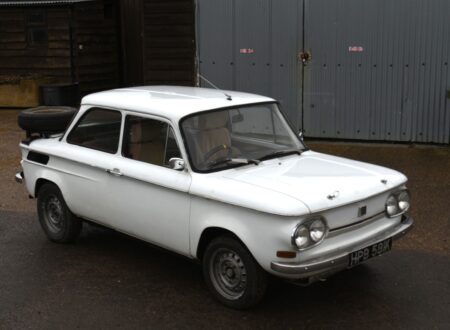Just 16 examples of the Autech Zagato Gavia were ever built – the car was a collaborative effort based on the F31 Nissan Leopard platform, with the body coachbuilt by Carrozzeria Zagato in Italy.
The Gavia was one of the most exclusive Japanese GT cars of its time – selling for a significant sum – but the order book was exclusive, with production numbers kept limited both by the high MSRP, and the fact that each car had its body hand-formed in Italy.
Fast Facts: The Autech Zagato Gavia
- Only 16 Autech Zagato Gavias were ever built between 1993 and 1995, the car was the product of a collaboration between Nissan’s Autech division and Carrozzeria Zagato of Milan. Based on the F31 Nissan Leopard chassis, the Gavia was hand-bodied in aluminum and aimed to be a luxurious grand tourer rather than an outright sports car.
- The Gavia followed Autech and Zagato’s earlier Stelvio AZ-1 project, using more restrained styling but retaining Italian flair through details like its sculpted nose, pop-out door handles, and NACA-ducted disc-style wheel covers. The interior had black leather, a Nardi steering wheel, and premium audio equipment, combining high-tech Japanese electronics with heritage Italian craftsmanship.
- Power came from Nissan’s VG30DET 3.0 liter turbocharged V6, producing 280 bhp and 296 lb ft of torque, driving the rear wheels through a 4-speed automatic transmission. Despite some confusion in reports, all production examples appear to have used the single-turbo VG30DET rather than the twin-turbo VG30DETT.
- The 1995 example shown, originally finished in cream and bronze but now teal and gray, was first sold in Japan, later moved to Europe, and arrived in the U.S. in 2022. Now located in Beverly Hills, it has about 61,000 km, has undergone recent maintenance, and is offered for sale with a clean Arizona title.
History Speedrun: The Autech Zagato Gavia
The Autech Zagato Gavia started out as a second swing at an earlier idea – in the late Bubble-Era years Nissan’s in-house skunkworks division, Autech (founded in 1986), needed halo cars that could elevate the brand beyond boxy sedans and a smattering of mainstream performance specials.
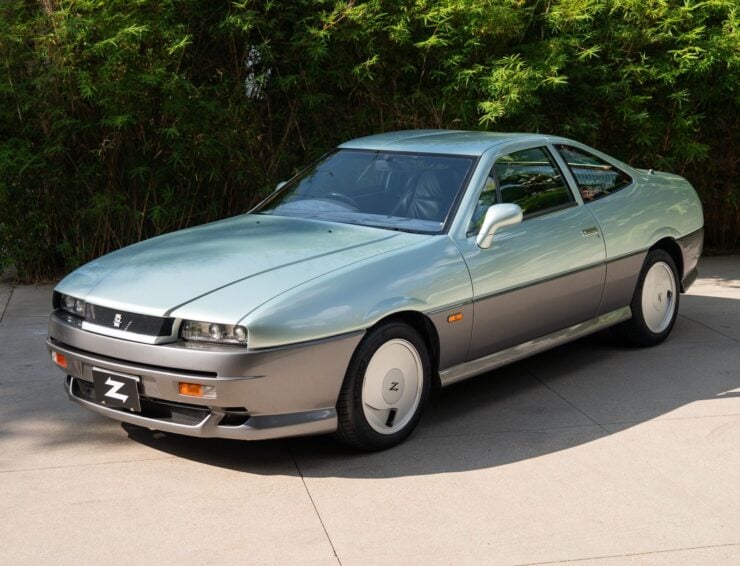

The first effort, the 1989 Autech Zagato Stelvio AZ-1, paired Nissan running gear with a hand-formed aluminum body from Milan’s legendary Carrozzeria Zagato coachbuilders. It was a costly, controversial, and short-lived car as Japan’s economy cooled.
Rather than walk away from the concept, Autech and Zagato re-grouped with a calmer, more cohesive coupe named the Gavia – first shown in prototype form in 1991 and built in very limited numbers between 1993 and 1995.
Underneath sat the F31 Nissan Leopard platform, sold in the US as the Infiniti M30, it was chosen for its GT proportions and packaging rather than any sort of sporting pedigree. The goal wasn’t a sports car – it was to be an exclusive, Italian-bodied grand tourer using proven (and reliable) Nissan hardware.
Zagato’s work dialed back the earlier Stelvio’s theatrics – the Gavia kept a traditional roofline and door mirrors, but still had a series of distinctive styling signatures – it had disc-type wheel covers with NACA ducts that doubled as valve-stem access points, pop-out door handles, and a long, crisply tailored nose using S13 Silvia headlamps.
Inside, much of the Leopard dashboard architecture remained, re-trimmed in leather with Italian detailing and a Nardi steering wheel. The body was hand-formed aluminum, expensive to make, aligned with Zagato’s long history of high-end, handmade car bodies, and the overall styling package reads like a restrained Milanese take on an early-’90s JDM GT.
The production version of the Gavia used Nissan’s VG30DET, a 3.0 liter, 24 valve, single-turbocharged V6 with an air-to-air intercooler, developing the period-standard 280 bhp at 6,000 rpm and 296 lb ft of torque at 2,800 rpm. Power was sent to the rear wheels through a 4-speed automatic transmission, as in the top-spec Leopard.
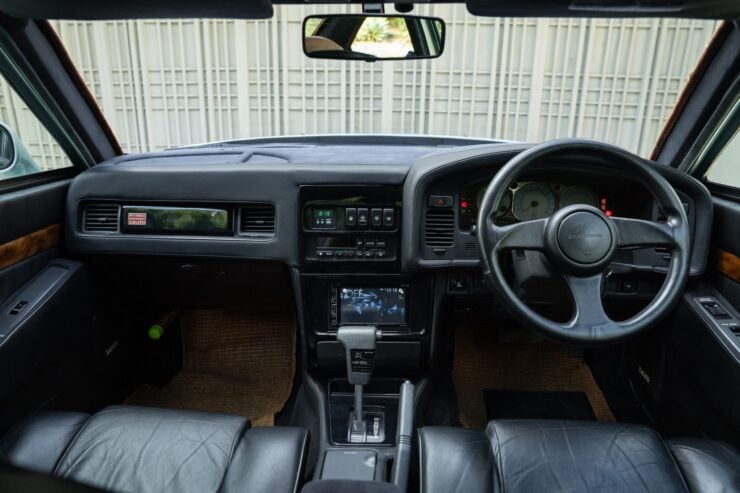

It’s worth noting that some articles about the Gavia claim that all or some examples were powered by the twin-turbo VG30DETT engine, however all examples of the car appear to have the VG30DET under the hood – which while having a similar name does look markedly different.
Both period and modern write-ups commonly cite that sixteen examples of the Autech Zagato Gavia were built, with the economic downturn cutting the project short.
It could be argued that the Gavia never really had a fair shot, it was launched just as Japan’s asset bubble burst, it asked for Aston-adjacent money without the brand equity, and it arrived after the polarizing Stelvio had already shown middling demand to say the least.
The Gavia sits where it always intended, a boutique GT car with an interesting blend of Italian and Japanese characteristics. Think Infiniti-grade ergonomics beneath couture aluminum, with period-correct turbo V6 torque and an automatic that emphasized luxury over eyebrow-raising thrust.
Its real legacy, though, is cultural. It’s one of the cleanest expressions of a brief moment when Japan’s majors looked to Italy not for mass-market design language but for ultra-low-volume avant-garde style inspiration.
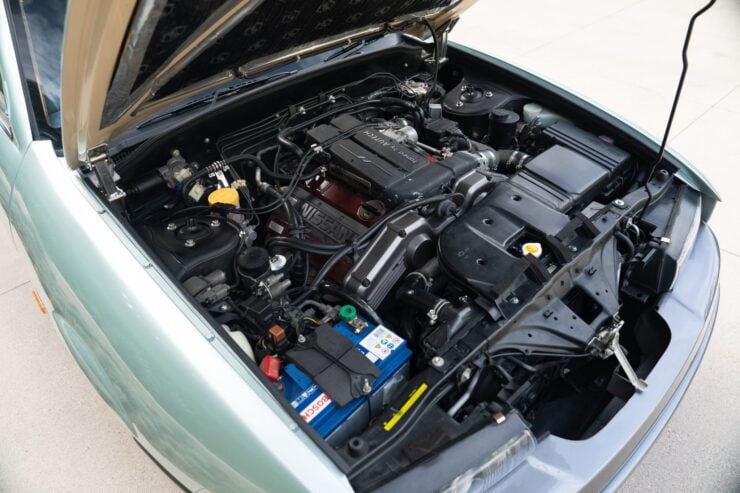

The 1995 Autech Zagato Gavia Shown Here
This 1995 Autech Zagato Gavia is one of roughly sixteen examples built through the partnership between Nissan’s Autech division and Italian design house Zagato. Delivered new in Japan, the car later spent time in Europe before being imported to the United States by its current owner in 2022. It now resides in Beverly Hills, California.
The car has aluminum bodywork originally finished in cream and bronze but now repainted in teal and gray. It rides on 16 inch wheels fitted with disc-style covers incorporating NACA ducts to channel air toward the ventilated disc brakes. Classic exterior details include pop-out door handles, twin exhaust tips, and Zagato badging.
Inside, the right-hand-drive cabin is trimmed in black leather and accented with Alcantara and woodgrain. Equipment includes power-adjustable front seats with driver lumbar support, cruise control, a Pioneer Carrozzeria CD stereo paired with a Bose sound system, and a Nardi steering wheel bearing a Zagato Design horn button.
The air conditioning receiver drier was replaced in September 2025 according to the seller, and the car shows approximately 61,000 kilometers (around 38,000 miles), with 700 or so added under current ownership.
As you would expect, power comes from a turbocharged 3.0 liter VG30DET V6, tuned by Autech and paired with a 4-speed automatic transmission with overdrive, sending power back to the rear wheels. The engine has double overhead cams, dual throttle bodies, and four valves per cylinder.
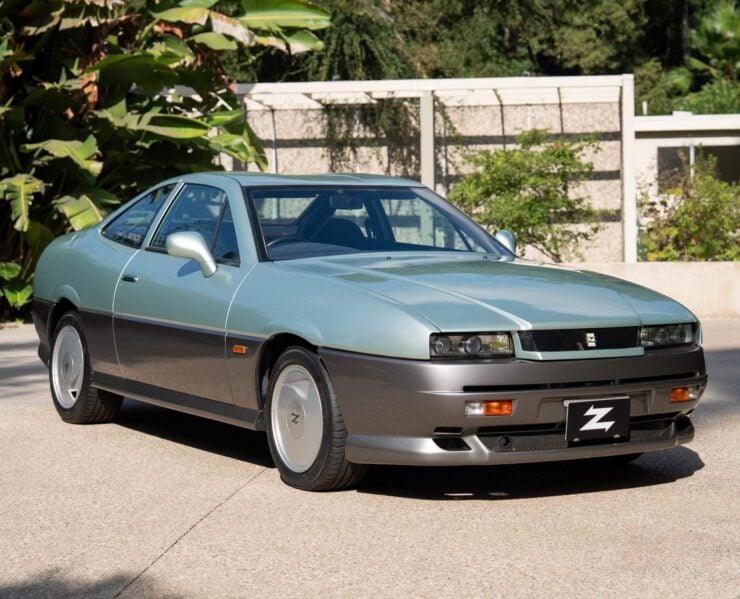

Recent maintenance on this car, since July 2024, reportedly included flushing the cooling system and replacing the tires, belts, idler pulley, spark plugs, ignition coils, fuel and air filters, and the air conditioning receiver drier.
The car is now being offered for sale out of Beverly Hills, California with a clean Arizona title in the owner’s name. If you’d like to read more about it or place a bid you can visit the listing here.
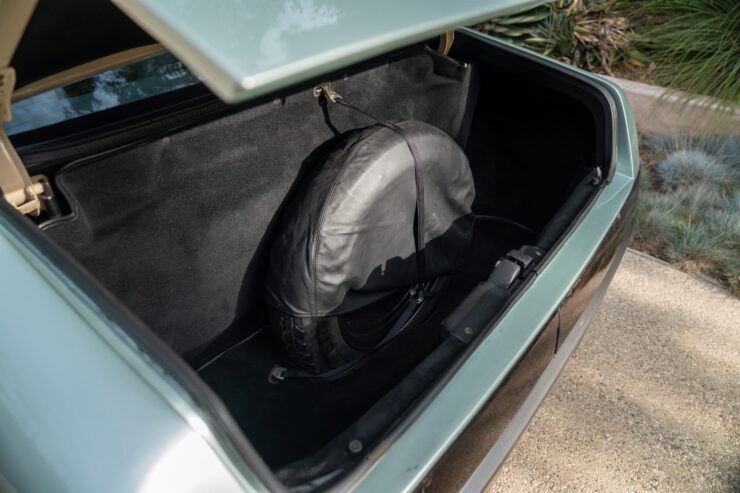
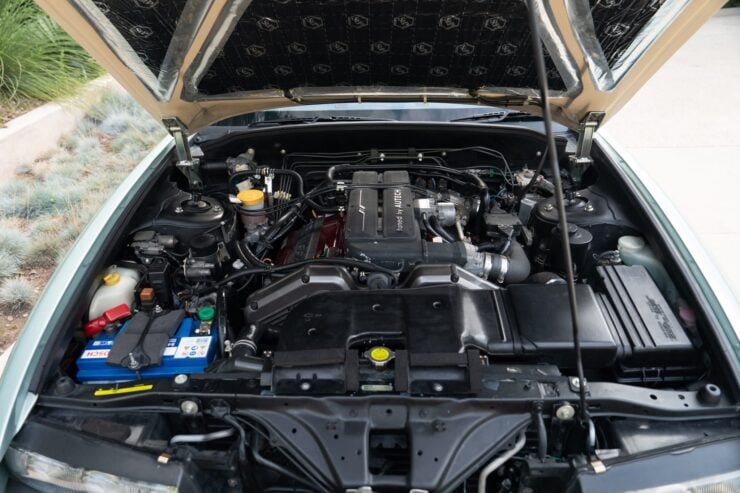
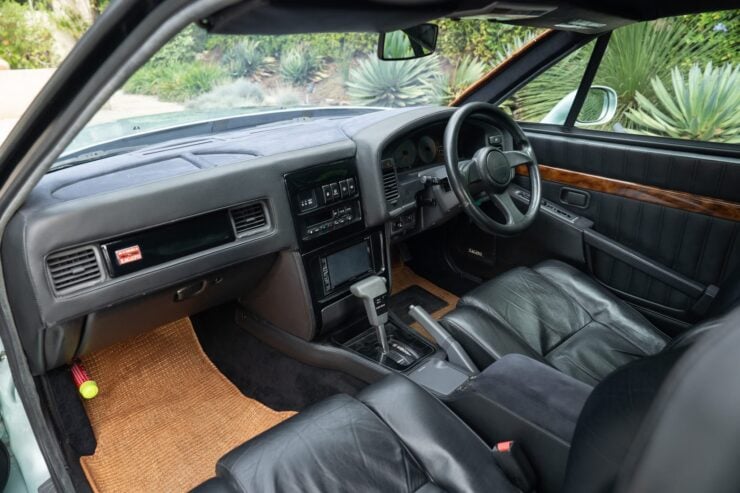

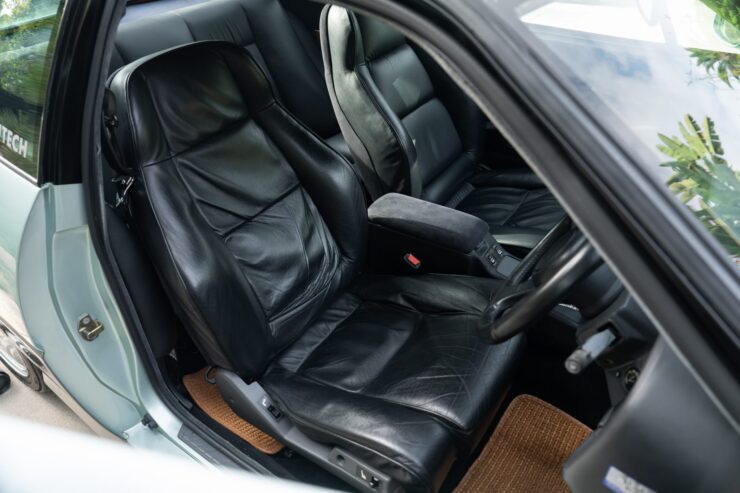
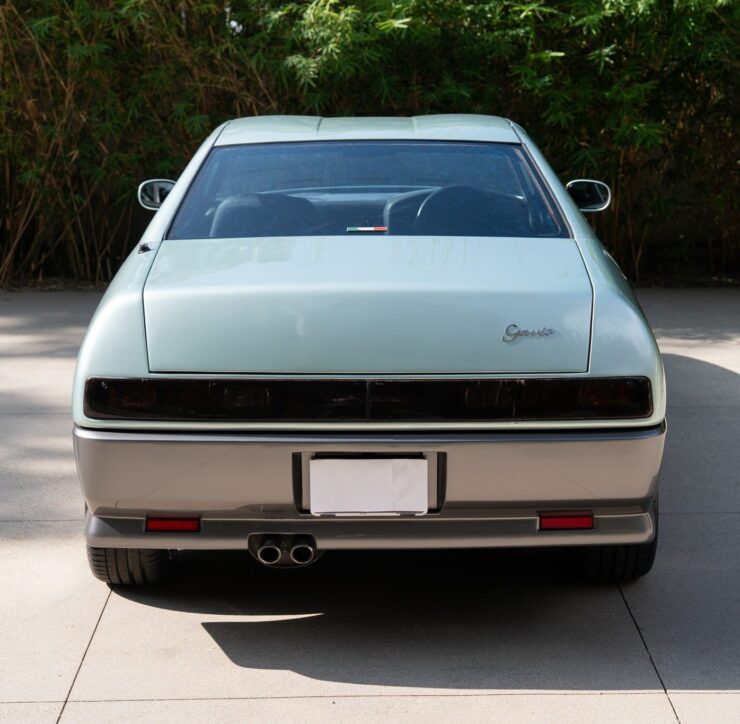

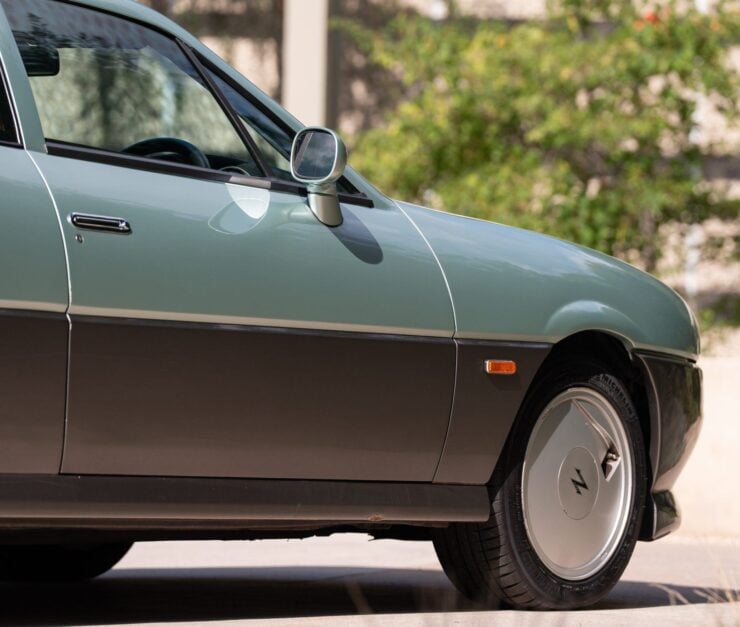
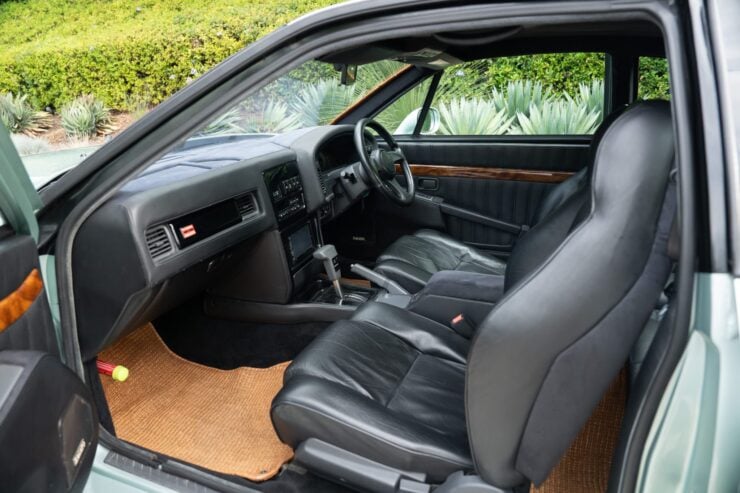
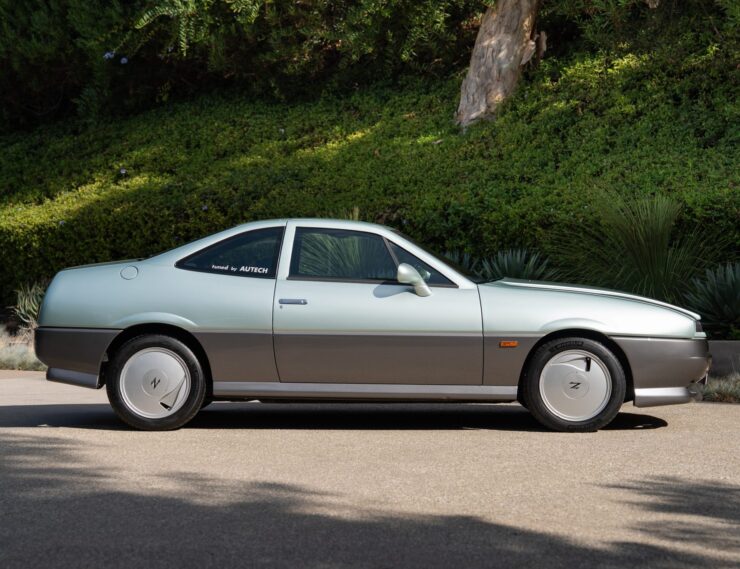
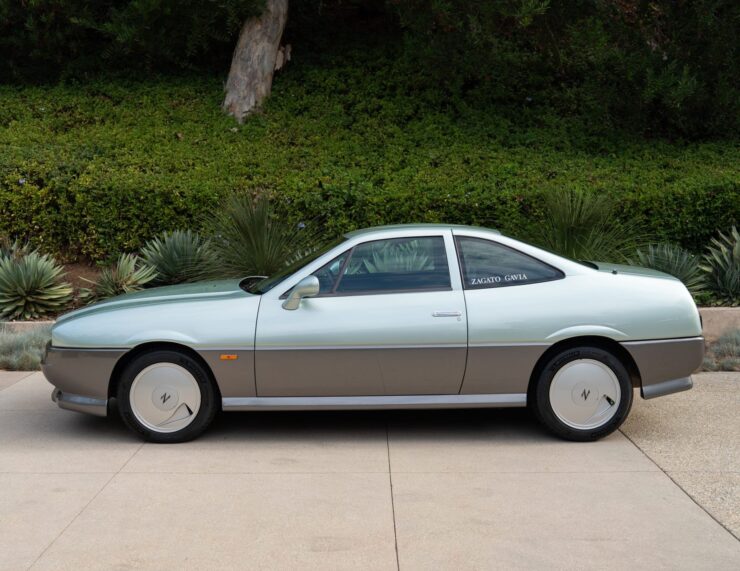


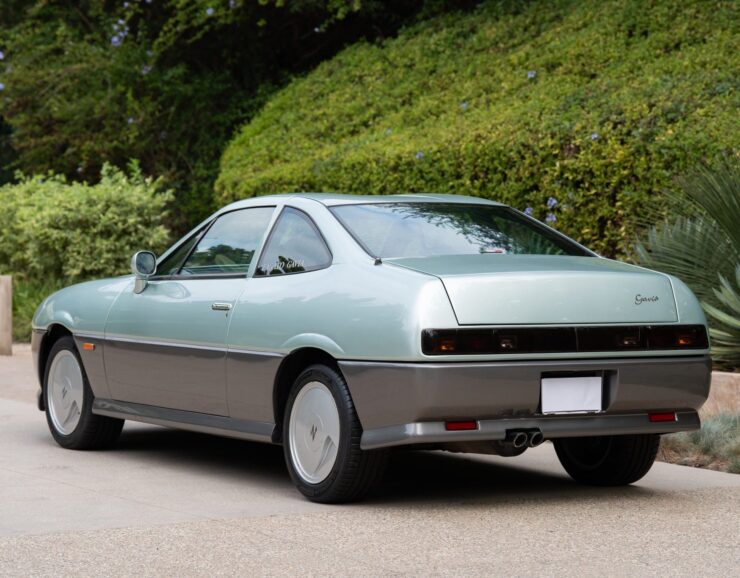



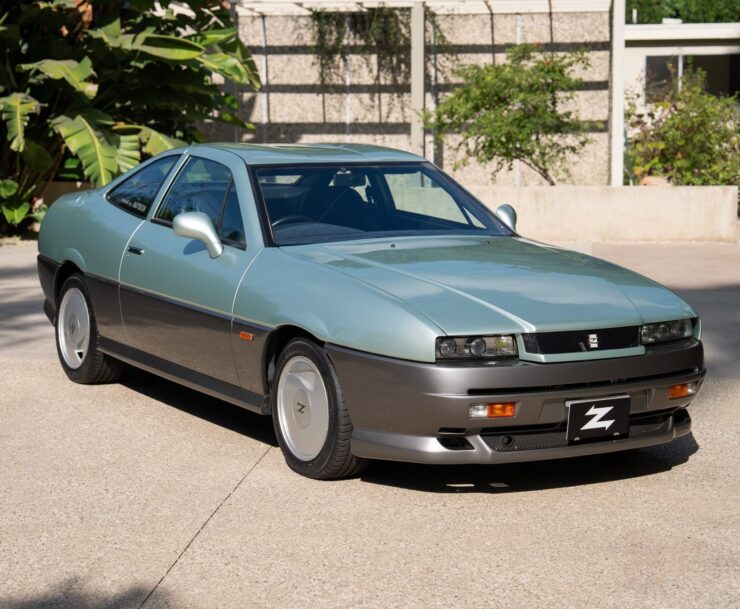
Images courtesy of Bring a Trailer

